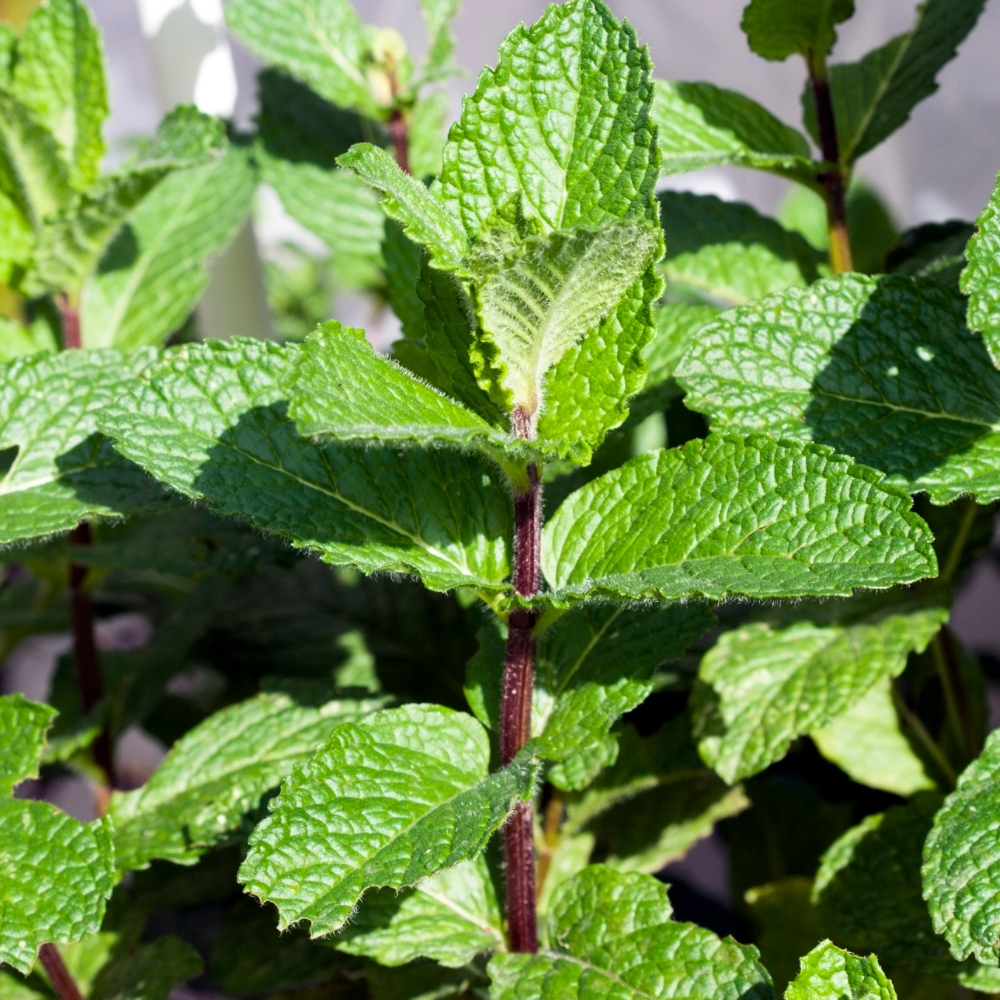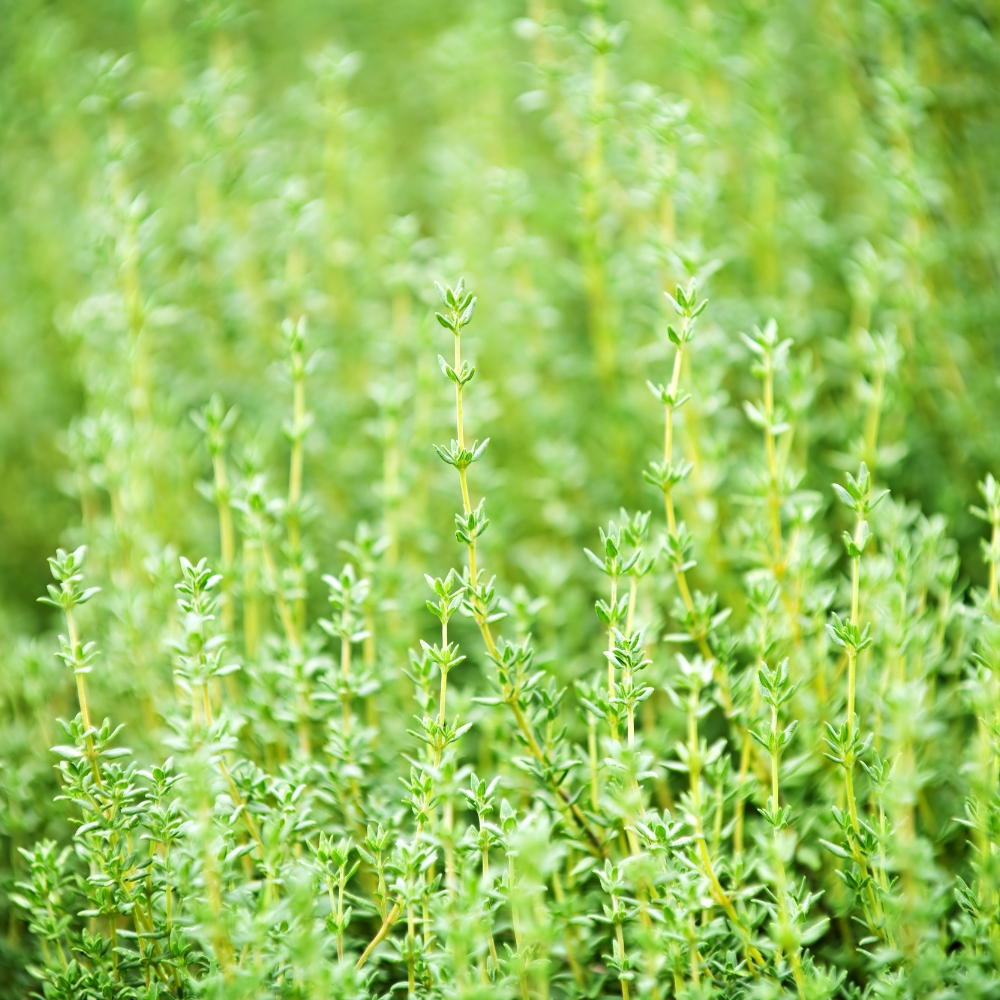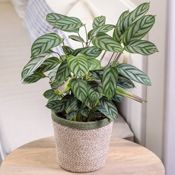Are you wondering what all of the hype around Supertunia® Petunias is all about? You may be asking yourself, ‘Can they really be all that superior when compared to any other humble petunia?’ I asked Kerry Meyer from Proven Winners® to give us the lowdown on this popular variety!
New plants are introduced in what seems to be ever-increasing numbers each year. It can leave a gardener wondering if it is really necessary to have 50 new types of marigolds or 100 new varieties of petunias to choose from. Yes! It is absolutely necessary. Variety is the spice of life!
I admit it. I was not a fan of petunias. Sure, they could be pretty, but they had to be deadheaded, and who has the time for that? They also didn’t perform that great throughout the whole summer, at least partly because I didn’t have the time to deadhead, but also because the hot temperatures took a lot out of them. Petunias weren’t anything I was going to get too excited about.

Enter Supertunia Petunias
Then, in the spring of 2006, all of that changed. Proven Winners® introduced Supertunia® Vista Bubblegum and Supertunia® Vista Fuchsia and I’ve never viewed petunias the same again.
I have to admit that sometimes one marigold or petunia is as good as the next, but sometimes a petunia isn’t just another petunia. Sometimes you get something so outstanding that it makes you rethink what you were sure you knew about that plant. For me, Supertunia® Vista Bubblegum Petunia was one of those plants.
Easy Care (No Deadheading!)
So why did it have such an impact? First, this petunia plant doesn’t need to be deadheaded to look gorgeous. This variety of petunia plant will bloom prolifically all summer long and I never had to pick off a single spent flower.
Second, the vigor of the plant is outstanding. The first year, I used three plants in each of three 20-inch containers. They grew like crazy, cascading onto the concrete around the planters and then kept on going. The second year, I planted them in the landscape, a single plant in several different spots. They bloomed all summer, no deadheading, no supplemental water, just a good addition of compost prior to planting. I planted in May, and by September that one single plant was 3 feet wide by 5 feet deep by 18 inches tall and literally buried in bright bubblegum-pink blossoms. Supertunia petunias can really take off!
Tips for Growing Supertunia Petunias
After growing these in my garden every year since they were introduced, I have some tips and tricks so that you, too, can be this successful!
First, they don’t necessarily need it, but I give my plants a light haircut when I’m transplanting them. This encourages additional branching and helps the plant start growing strong in its new home.
Second, put them where they’ll get at least six hours of direct sun a day. They will do much better with a lot of light.
Third, because they are such vigorous growers and bloomers, they use a lot of energy. This means fertilizer is key to maximizing their potential, especially when grown in pots.
Fourth, because the plants get very large, you will need to keep up your watering, particularly if you grow them in containers.
Growing Supertunia Petunias in Containers
I do treat in-ground and container plantings a bit differently. For containers, because the petunia plants will quickly deplete the existing nutrients in the soil, I add a controlled-release fertilizer when I’m transplanting; then in mid-summer (usually in July) I start using a water-soluble fertilizer at least once a week. This will give your container plants a boost at the peak of their blooming. I also recommend larger containers (18-inch or larger), because they are much easier to keep hydrated and these Supertunia Petunia plants will quickly fill the space. If it is hot, be prepared to water every day and sometimes more than once. When in containers, I usually give my petunias a mid- to late-summer trim since the plants can begin to look a bit sparce as the summer goes on.
That first year, on a warm August lunch break, I trimmed back my three large containers by about 1/3. What was in full bloom that morning looked like tiny green meatball buds after the trim-back. Within a couple of days they were back in color and by a week later they were in full bloom again. That trim worked to reinvigorate the plants and improved the look of the containers as they headed into fall.
Growing Supertunias in the Landscape
For in-ground plantings with Supertunia petunias, things are a bit easier. Before planting I incorporate a good dose of compost into the soil and then use a controlled-release fertilizer. The in-ground beds have never needed supplemental fertilizer beyond that. I put the plants one to two feet apart, depending on how impatient I am for them to fill a particular spot. I put soaker hoses in my flower beds and water only when things are very dry, and then only once a week. It is better to water deeply with a soaker hose once a week, versus a little bit of water more often, and it is definitely more beneficial to the plant to water at the soil level, as opposed to from above. For one thing, this encourages deep root growth. I also don’t usually give my bedding petunia plants that mid- to late-summer trim. The more sparce blooming that I sometimes see in my container plants, doesn’t happen when they are planted in the ground. The only time I trim back is if the petunias have covered too much of the sidewalk and I need to make room for people!
Supertunia® plants are some of the best performing petunias you can buy. Try them and you will find yourself rethinking what growing petunias means; you will find that you want to try all the different varieties of these prolific bloomers. Ready to try some of your own? Check out our collection of Supertunia® Petunias and see what all of the fuss is about!
































































































































































































































































































































































































































